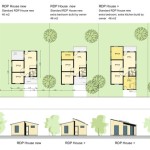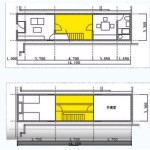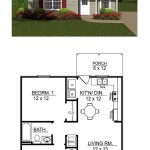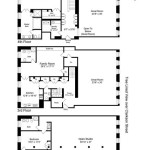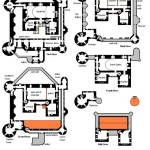Plan For Houses In Zimbabwe
Planning for a house in Zimbabwe involves several essential aspects that need careful consideration to ensure a successful project. Whether you are a first-time homebuyer or an experienced builder, understanding these key elements will help you create a well-informed plan.
1. Legal Considerations
Before embarking on any construction, it is crucial to obtain legal approval. This includes securing land with a clear title, obtaining a building permit from the local authority, and ensuring compliance with all relevant building codes and regulations. Failure to adhere to these legal requirements can result in penalties or even legal disputes.
2. Financial Planning
Building a house is a significant financial undertaking. Determine your budget carefully, considering land acquisition costs, construction expenses, and potential ongoing costs such as maintenance and utilities. Secure financing if necessary, exploring mortgage options and understanding the loan terms, interest rates, and repayment schedules.
3. Site Selection
The location of your house is of paramount importance. Consider factors such as accessibility, proximity to amenities, soil conditions, and the surrounding environment. Research potential neighborhoods, consult with local experts, and visit proposed sites to make an informed decision.
4. Design and Functionality
The design of your house should align with your lifestyle, preferences, and practical needs. Determine the number of bedrooms, bathrooms, and other spaces required. Consider the flow of the house, natural lighting, and energy efficiency. Hire a qualified architect or designer to create a blueprint that meets your specifications.
5. Construction Materials and Techniques
The choice of building materials and construction techniques impacts the durability, cost, and sustainability of your house. Explore different options such as bricks, concrete blocks, or timber frames. Consider energy-efficient materials like insulated roofing and double-glazed windows. Engage skilled contractors to ensure proper construction and adherence to building standards.
6. Utilities and Infrastructure
Access to essential utilities such as water, electricity, and sanitation is vital for a comfortable living environment. Determine the availability of these services on the site and make necessary arrangements for their connection. Consider alternative energy sources like solar panels or boreholes where necessary.
7. Interior Design and Furnishings
Once the construction is complete, you can focus on interior design and furnishing. Create a cohesive and functional space that reflects your personal style and meets your daily needs. Choose furnishings, décor, and appliances that enhance the overall aesthetics and comfort of your home.
8. Maintenance and Upkeep
Regular maintenance is essential to preserve the value and longevity of your house. Establish a maintenance schedule for tasks such as cleaning, repairs, and inspections. Address potential issues promptly to prevent costly damage or deterioration.
By considering these essential aspects, you can create a comprehensive plan that will guide you through the process of building a house in Zimbabwe. Remember to consult with professionals, conduct thorough research, and make informed decisions to ensure a successful and rewarding project.

Medium Density House Plans S Building Designs Zimbabwe Zbms

House Plans Zimbabwe

5 Bedroom Medium Density House Plan Garage Palmer Construction Zimbabwe

3 Bedroom High Density House Plan Palmer Construction Zimbabwe

4 Bedroom House Plan Medium Density Palmer Construction Zimbabwe

Local Ads

House Plans Zimbabwe Cottage Mainhouse Palmer Construction

Image Result For 5 Bedroom House Plans Zimbabwe Planos De Casas Modernas Pisos

3 Bedroom Cottage House Plan Roof Palmer Construction Zimbabwe

Rural House Plans Zimbabwe


